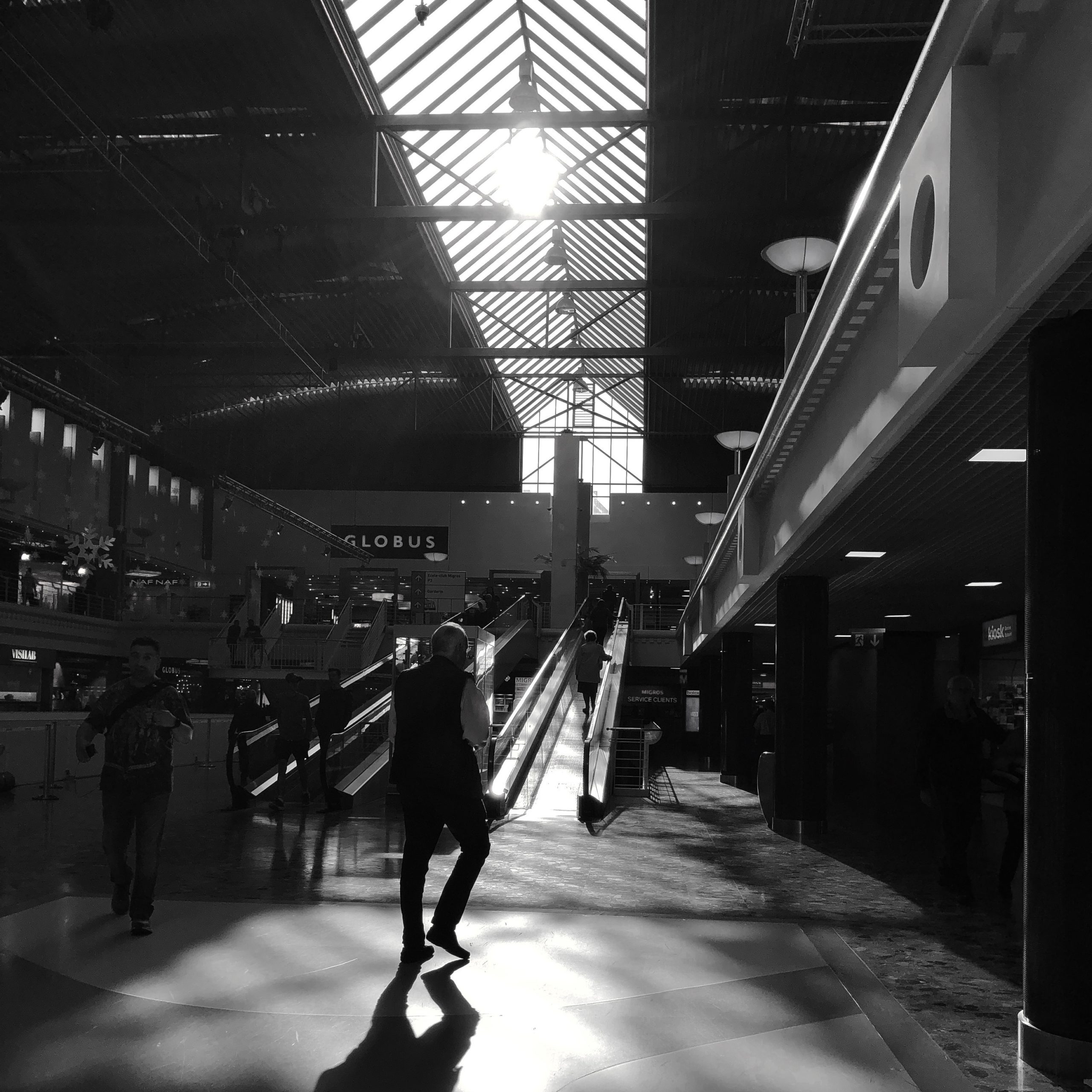Tag: video podcasting
-

Video Podcasts as a way to avoid Algorithms
Reading Time: 3 minutesToday I opened YouTube, looked at the choice of videos and thought “I don’t feel like watching any of this content because of its headlines”, whilst eating lunch. Instead, I tried something less habitual. I opened the podcast app on my laptop and looked for videos that might be interesting. I ended…